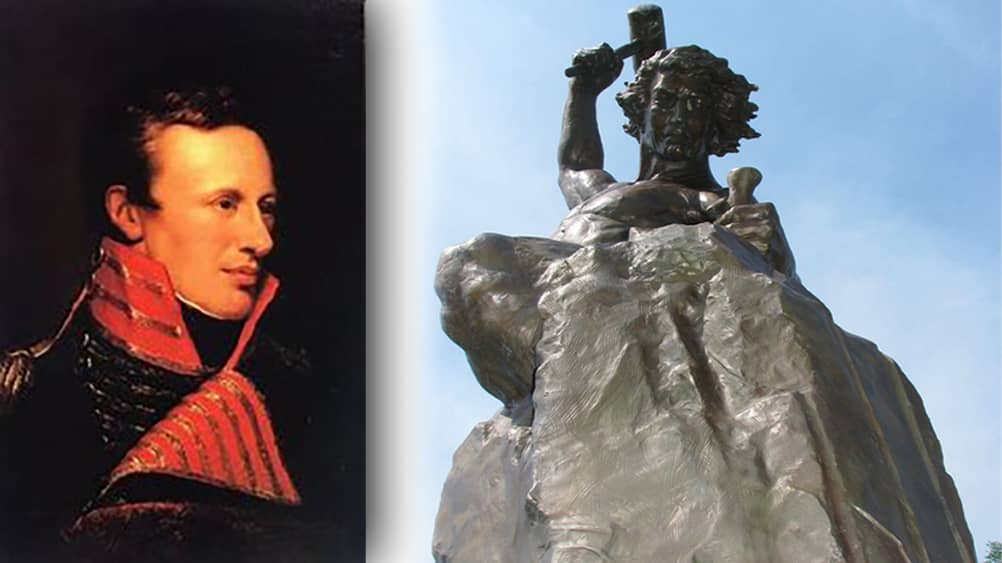
PIKE COUNTY, Mo. — It’s been more than two centuries since the first American expedition up the Mississippi River paddled through Pike County.
At 4 p.m. on Friday, Aug. 9, 1805, Zebulon Montgomery Pike and his 20 men left St. Louis in a keelboat. Their mission was to make treaties with the natives, describe natural elements and scout locations for forts.
“Despite the multiplicity of these instructions, he was able to do more than was required with his skeleton force,” according to an article about Pike in the October 1943 edition of Missouri Historical Review.
While explorers had traversed the river for at least the previous 130 years, few were Americans and little was known about the peoples, resources and geography of the region.
The expedition reached what would become Pike County on Wednesday, Aug. 14, camping on Crider Island between Clarksville and Louisiana. Pike lamented in his journal that it rained most of the day, but he was pleased that the men netted “1,375 small fish” to supplement their provisions.
Showers fell again the next morning and because of “the continued series of wet weather, the men were quite galled and sore,” Pike wrote. Maps made by the explorers noted the “handsome rocky cliffs” in the area.
The group proceeded to the confluence of the Salt River, which also was called the Oahahah. Pike said he did “not recollect having seen (the waterway) on any chart,” but others had documented it. Pike called it “a considerable stream.”
The expedition passed modern-day Ashburn and likely camped near what is now the line between Pike and Ralls counties. The expedition wintered north of present-day Minneapolis and started back for St. Louis in spring 1806. On the way, the men killed almost 300 pigeons 10 miles north of the Salt River.
“The most fervid imagination cannot conceive their numbers,” Pike said of the thousands of birds he saw. “Their noise in the wood was like the continued roaring of the wind, and the ground may be said to have been absolutely covered with their excrement.”
The party also met Sac tribesmen who wanted to trade pigeons for liquor, but Pike declined. They tied up the keelboat at the mouth of the Salt in northern Pike County to eat supper on April 28, but “so violent a gale and thunderstorm” arrived around midnight that they were forced to move camp farther from shore.
The explorers made it back to St. Louis two days later. No one died on the journey, although the men often endured miserable conditions. Much of their luck can be attributed to the benevolence of Native Americans and Caucasian fur traders they met.
In their 2012 book “Zebulon Pike, Thomas Jefferson and the Opening of the American West,” authors Mathew L. Harris and Jay H. Buckley called Pike “one of the most significant explorers in the early republic,” even though “most Americans know little about him today.”
If nothing else, his name lives on every time the term “Pike County” is used.